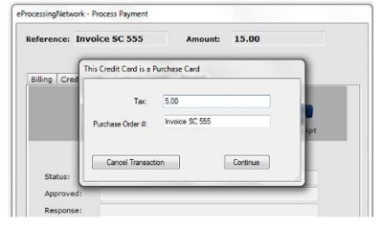How to Calculate Direct Labor Rates in Accounting The Motley Fool
Content

Once you’ve identified your cost and how it applies to your rate of production, you can tweak any number of variables and procedures within your business to achieve the result you’re after. If a three person auditing team spends a full 40 hour work week auditing a client’s inventory, that equates to 120 hours of labor on that job — three auditors times 40 hours worked each. If a business is making three different products on a shared assembly line, they might have their employees track how much time is spent on each product. First thirty days of subscription to QuickBooks Time, starting from the date of enrollment is free. Each worker is an additional $[8/10]/month depending on your selection of QuickBooks Time Premium or Elite. If you add or remove services, your service fees will be adjusted accordingly.
How do you calculate labor rate?
Add the full cost of what it takes an employee to create a product or complete a service. This includes their wages, taxes, and benefits. Then divide that total by the number of hours an employee works.
https://intuit-payroll.org/ costing looks at each project in detail, breaking down the costs of labor, materials and overhead. The following equations summarize the calculations for direct labor cost variance. This cost component increases or decreases the cost of the labor that is required to produce an item. If you have set the manufacturing constants to modify costs by work center efficiency, the program creates a cost component for labor efficiency when you run the Simulate Rollup program. In addition, if the efficiency for a work center is equal to zero, the system does not perform a calculation for that work center. The Cost Simulation program adjusts direct labor hours and direct machine hours by time basis, crew size, and cumulative yield, as appropriate. The program adjusts component material quantities by operation scrap and percent scrap.
How to use the cost of goods manufactured formula
The difference between actual costs for direct labor and budgeted costs based on the standards. Direct labor is the labor that is directly involved in the production of a product or service. For example, if you are a carpenter, the time you spend actually building a house is direct labor.
- If direct labor workers are more efficient, they can complete tasks in less time.
- It also shows that the actual rate per hour was $0.50 lower than standard cost .
- This chapter provides information on how the system generates hard-coded cost components in the cost rollup process.
- If this employee worked on all three jobs for eight hours a day, then she would be spending 24 hours per week on indirect labor activities.
- You can then use this figure to analyze other data, such as a company’s profit margin, or to identify cost-cutting opportunities.
The following table is expanded to How To Calculate Direct Labor Rates In Accounting this additional information. If you enter a cost method in the Outside Operations processing option for the Simulate Rollup program, the program uses that cost method to retrieve the cost from the F4105 table. If the value is zero, and a value previously existed in the Item Cost Component Add-Ons table , the original value remains. If you leave the processing option blank, the program uses the values that you manually entered on the Enter Cost Components form.
How to Calculate Direct Labor Accounting
Harold Averkamp has worked as a university accounting instructor, accountant, and consultant for more than 25 years. He is the sole author of all the materials on AccountingCoach.com. It would also be a good idea to consult with your cognizant DCMA and DCAA office as they are the subject matter experts in DoD for negotiating direct and indirect rates.

Assume, for example, that XYZ manufactures both dining room chairs and wooden bed frames, and that both products incur labor costs to run machinery, which total $20,000 per month. If XYZ allocates too much of the $20,000 labor costs to wooden bed frames, too little is allocated to dining room chairs. The labor costs for both products are incorrect, and the sale prices of the two goods will not reflect their true cost. As shown in the following, the labor rate variance is $ favorable, and the labor efficiency variance is $234,000 unfavorable.
